Heraldry
Farquharson
Gaelic Name: MacFhearchair
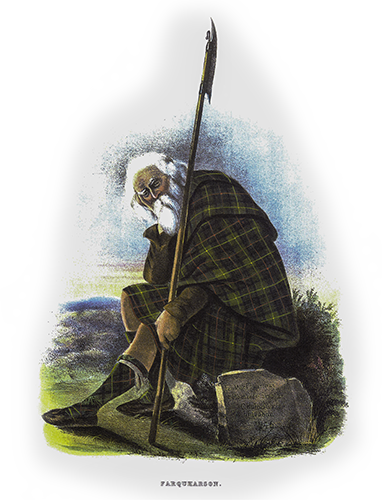
Chief of the Clan
Captain Alwyne Farquharson of Invercauld, MC
16th Chief of Clan Farquharson
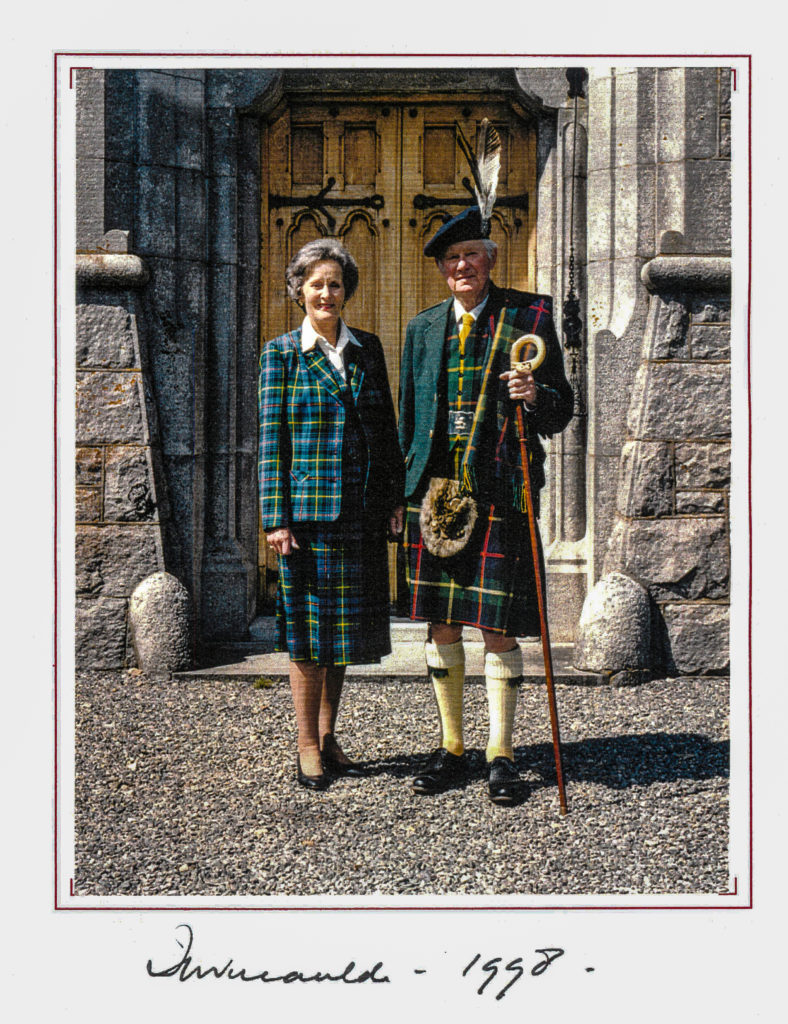
Mottos
- Fide et fortitudine (Fidelity and Fortitude),
I force nae freen, I fear nae foe (I force no friend, I fear no foe) - Carn-na-chuimhne (Cairn of Remembrance)
Clan Badge
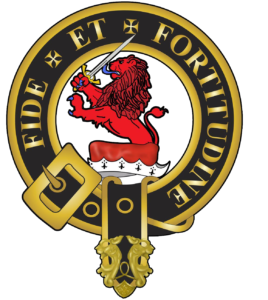
All clansmen are entitled to wear this distinctive insignia described as: On a chapeau, Gules furred Ermine, a demi-lion Gules holding in his dexter paw a sword proper. The crest is encircled by a strap and buckle bearing the clan motto,
Fide et Fortitudine
Most Clan Crest Badges that you see for sale by reputable vendors of Scottish merchandise are designs of authentic representations taken from the Coat of Arms of the Chiefs of the clans or heads of considerable families. These designs have subsequently been approved by The Standing Council of Scottish Chiefs.
Every Clan Chief or family head has a Coat of Arms, granted or confirmed by the Lord Lyon King of Arms. These arms are matriculated in the Public Register of all Arms and Bearings in Scotland. The Register, which was established in 1592, is kept in the Court of the Lord Lyon in Edinburgh and is acknowledged as being the most magnificent heraldic manuscript in Europe.
In ancient times it was the custom for Chiefs to give their followers a metal plate of their crest to wear as a badge to show their clan allegiance, and it was affixed to their clothing by a strap and buckle. When not in use this buckle and strap was coiled around the crest. This past convention constitutes the present form of the Clan Crest Badge; the strap and buckle with the Chiefs motto inscribed thereon denoting a clansman or clanswoman. Only a Chief or his heirs wears his Crest without the strap and buckle. The use of the Chiefs full Coat of Arms is reserved for the personal use of the Chief only.
Clan Septs and dependents comprise those who were descended from the Chief through the female line and consequently bore a different surname, and those who sought and obtained the protection of the clan and became dependents. Therefore anyone who has an ancestor bearing a sept name, or the clan name itself, has the privilege of wearing or displaying the belted crest badge, and indeed only they may legitimately wear this authentic ancient device.
Anyone to whom this study is of interest should read, “The Clan Septs and Regiments of the Scottish Highlands” by Frank Adams and Innes of Learney, “The Tartans of The Clans and Families of Scotland” by Innes of Learney and “The Surnames of Scotland” by George F. Black, PhD.
*Reprinted partially by kind permission of Art Pewter Silver, LTD.
Tartan
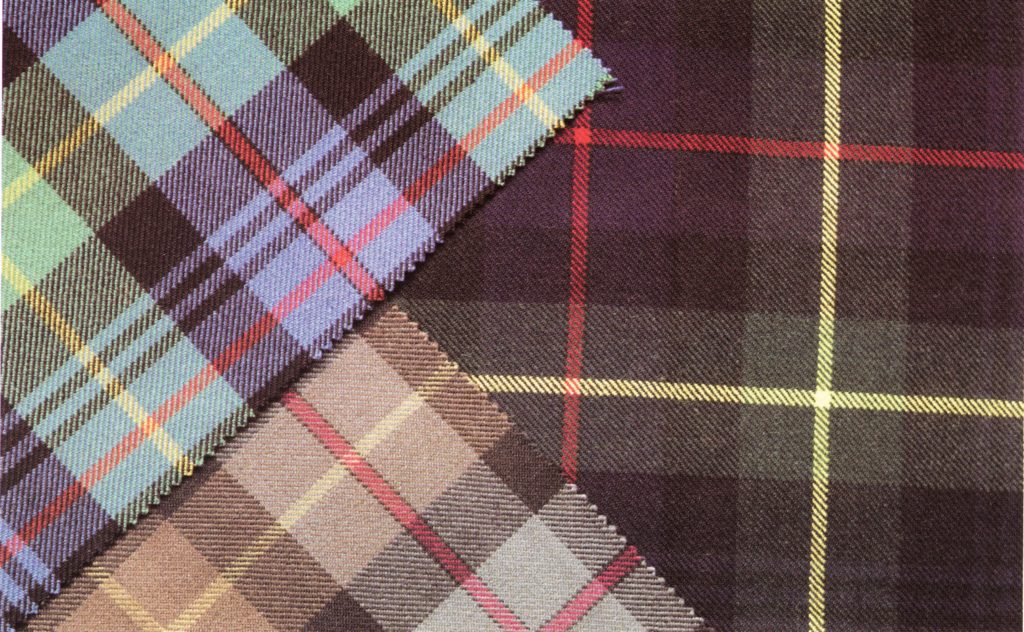
Farquharson: Ancient - Weathered - Modern
Clan Seat
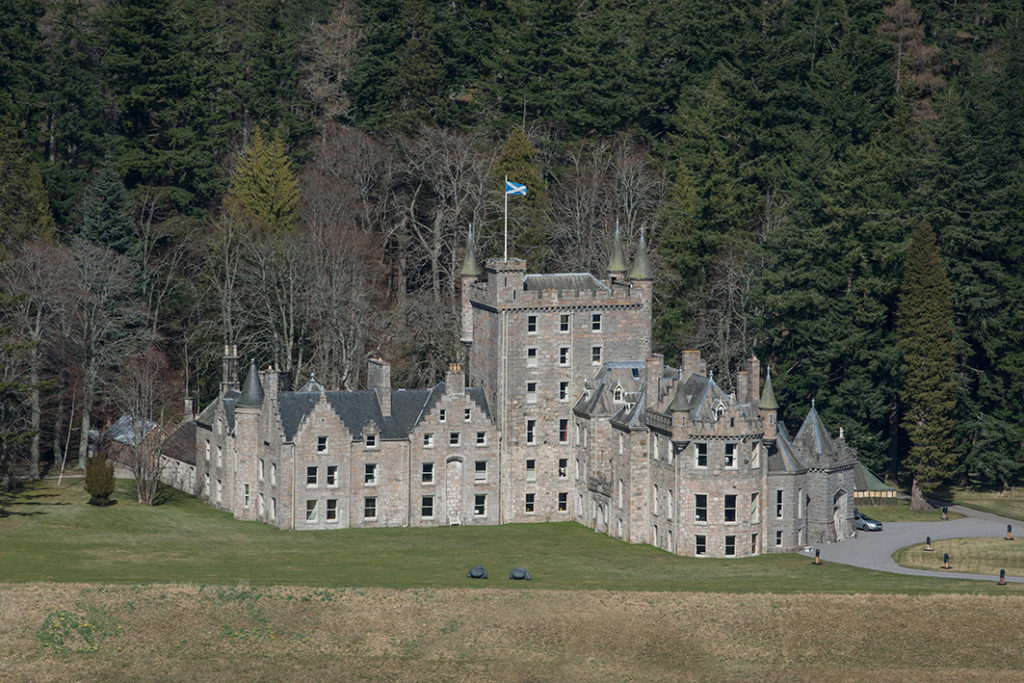
Invercauld House, Braemar, Scotland
